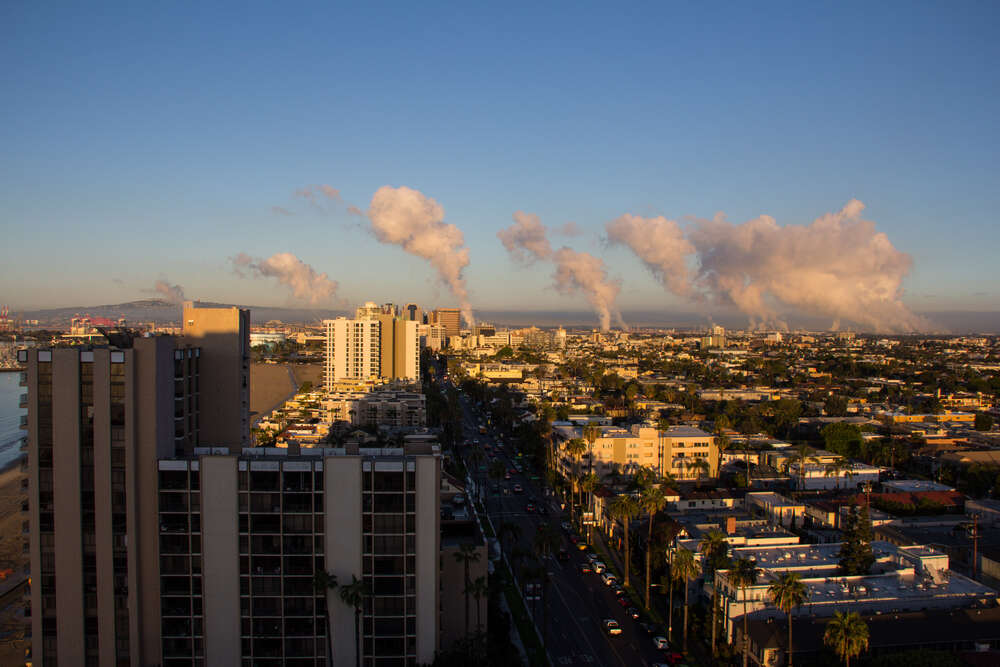
With climate risk and air pollution looming large, a recent study by HouseFresh revealed the global cities boasting the most acceptable air quality throughout the year.

The study comes at a time when the adverse effects of polluted air are unmistakably glaring, with the report highlighting data from the Institute for Health Metrics and Evaluation that identifies ambient particulate matter as a leading cause of excess global deaths annually. The World Health Organisation (WHO) further underscores the gravity of the matter, stating that 93% of the world’s children are breathing polluted air, which is intricately tied to respiratory ailments, including lung cancer.
Amid the escalating global temperatures and climate crisis, air pollution, mainly from fossil fuels, presents an imminent danger to human life. A study from Harvard University has unearthed a harsh reality, attributing one in five excess deaths globally to fine particulate matter (PM 2.5). These minuscule particles, both a product of natural and anthropogenic activities, pose a substantial threat due to their ability to penetrate deep into the respiratory tract.
Cities’ air pollution levels
The quest for purer skies is not merely an impulsive aspiration but a dire necessity, with the United Nations earmarking it as a key Sustainable Development Goal. The perks of clean air are manifold, encapsulating reduced health afflictions, decreased mortality, enhanced quality of life and the fostering of more sustainable, livable cities.
The US Air Quality Index (AQI) stands as a reputable gauge for air quality globally, quantifying pollution levels predicated on the concentration of PM 2.5 particles. The AQI delineates a spectrum ranging from “Good” with less than 12μg/m3, to “Hazardous” exceeding 35μg/m3.
To demystify which cities across the globe are the epitome of clean air, HouseFresh embarked on an analysis of pollution levels in more than 500 urban areas worldwide. The cities were ranked based on the number of ‘good air days’ they recorded, painting a picture of where life is least encumbered by pollution.
The findings revealed a select group of nine cities, predominantly in Australia and New Zealand, annually enjoying 365 days of ‘clean’ air. Europe’s clean air havens emerged as Zürich, Switzerland, and Reykjavik, Iceland, each basking in a full year of low pollution.
However, the study revealed a less rosy picture in parts of the US, particularly California, with cities like Los Angeles, Fresno and San Diego languishing with fewer than 250 good air days. On a brighter note, Honolulu, Hawaii, emerged as a beacon city in the US, with a perfect score of 365 days showcasing PM 2.5 concentration below 12μg/m3.
The methodology was anchored on a collection and analysis of PM 2.5 pollution data from the World Air Quality Index database, supplemented by data from the AirNet API.
The full results are searchable below.
[Read more: How the UK’s biggest cities are dealing with air pollution]






